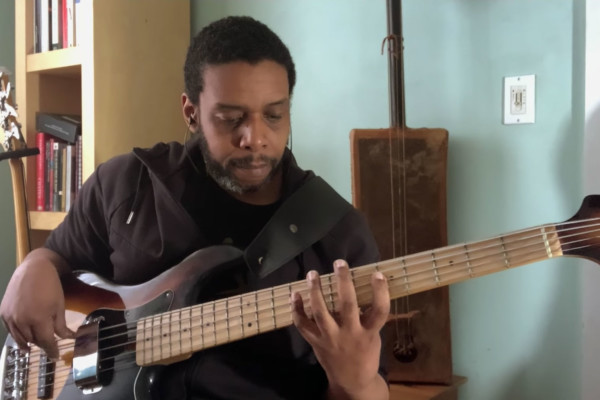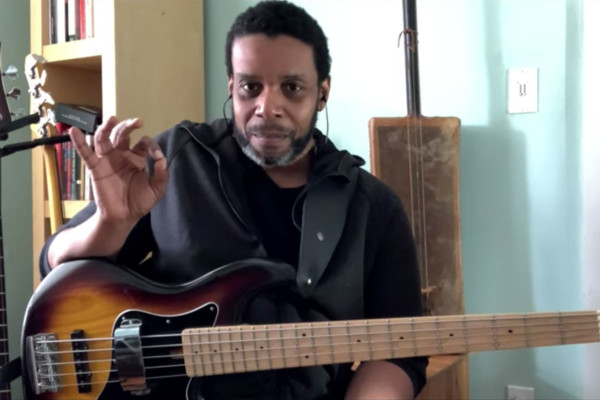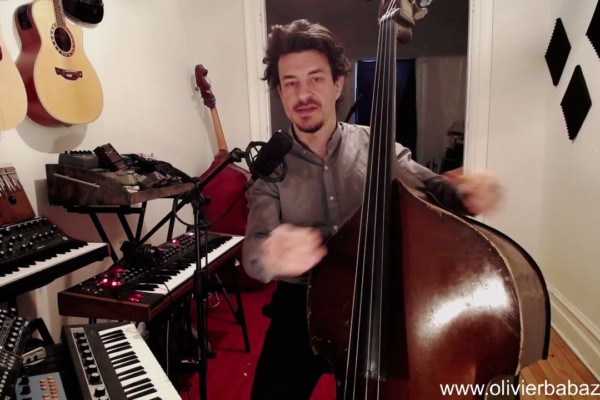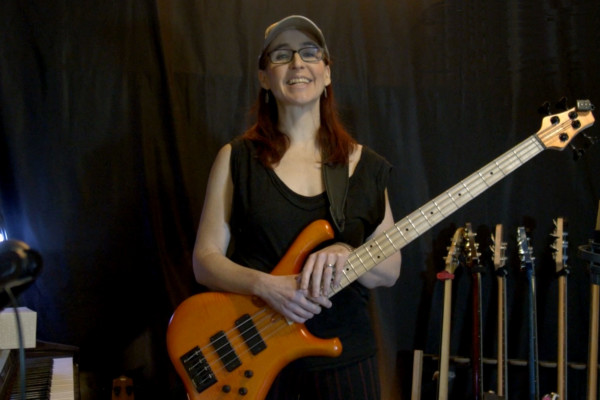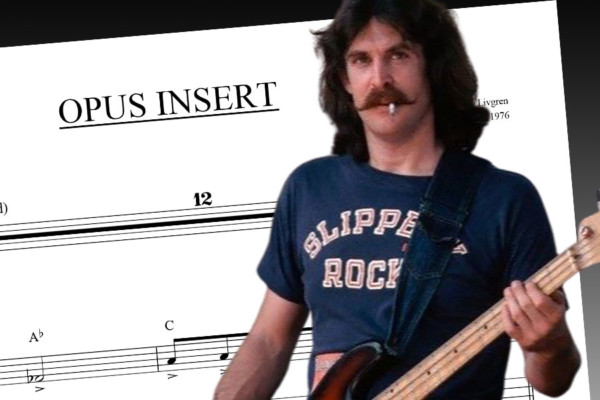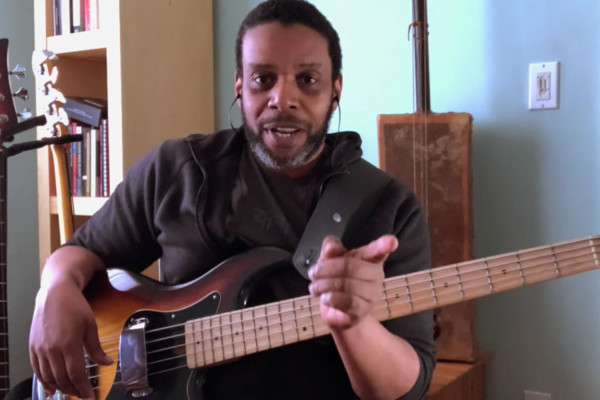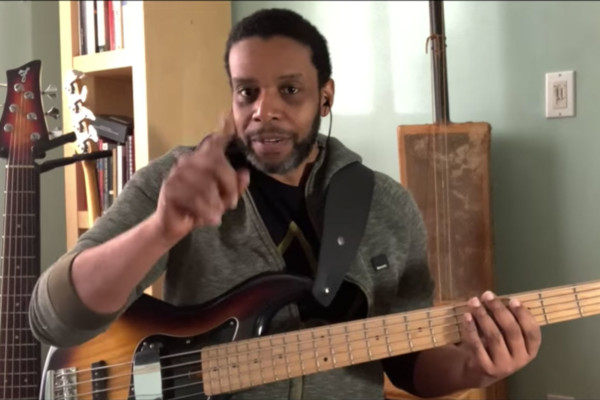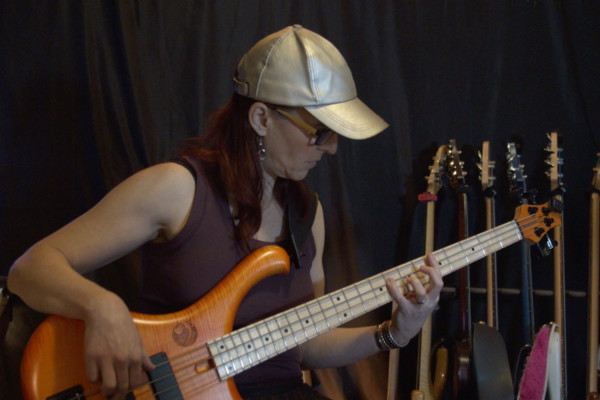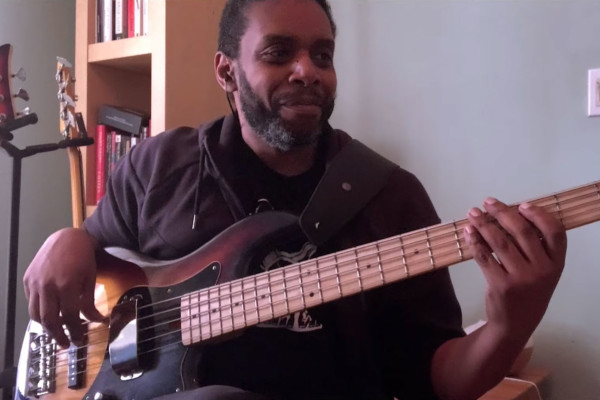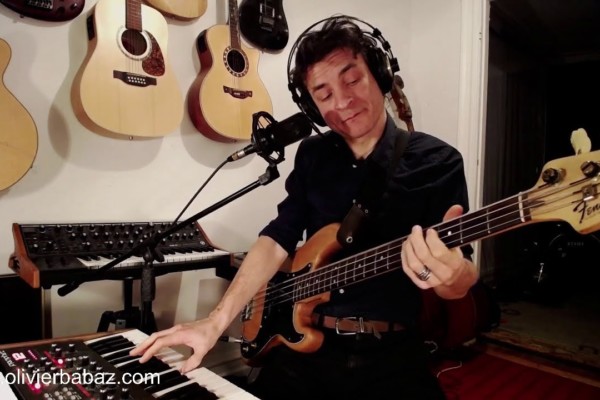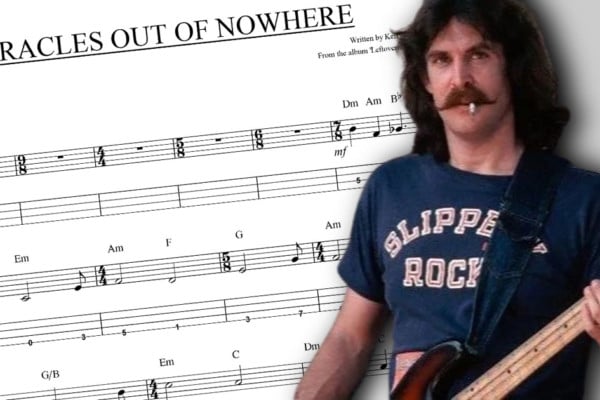Bass Lessons - Page 12
The Beauty in the BASSics: Triads – Part 1
Rich Brown is kicking off a new series in his “Brown’stone” lessons, focusing on triads. In this one, Rich shares the different ways to approach the major and minor triads with some straightforward but beautiful exercises.
The Brown’stone: The Fundamentals of Time & The Metronome – Part 4
Rich Brown is very excited about this lesson - the last one in his “Fundamentals of Time & The Metronome” series. In this one, Rich builds on the past lessons to show you how you can develop your own cool, grooving bass lines.
Bass & Creativity: From Improvisation to Composition
In this lesson, Olivier Babaz discusses some key elements on how to structure an improvisation in order to transform it into a full-grown composition.
Talking Technique: The Most Important Technique Exercise of All
It’s fun to talk technique using song samples, blistering licks, and double stops. This episode of Talking Technique is dedicated to a less flashy but incredibly important topic.
Kansas – “Leftoverture”: The Complete Basslines, Part 5
Tim Fletcher and Troy Hughes’ epic project “Kansas: Leftoverture – The Complete Basslines” has reached its fifth chapter, featuring Dave Hope’s work on “Opus Insert”.
The Brown’stone: The Fundamentals of Time & The Metronome – Part 3
In this third installment of his Metronome Study Series, Rich Brown covers three-note rhythmic phrases through the 16th note subdivision. This lesson is a fun one!
The Brown’stone: The Fundamentals of Time & The Metronome – Part 2
Rich Brown is back with the second installment in his “Brown’stone” lesson series. In this lesson, Rich expands on the Metronome Study Series, taking two-note phrases through the 16th note subdivision in a very simple (but very hip) way.
Talking Technique: Triads Versus Four-Note Chords
Triads versus four-note chords – which are harder? Your gut reaction to that question may be that four-note-chords are harder. Ari tackles this topic in this bass lesson.
The Brown’stone: The Fundamentals of Time & The Metronome
In my very first lesson, I’ll be taking you through some fundamental exercises dealing with time and groove. We’ll start with the basics of playing with a metronome, and we’ll get into more challenging exercises based on the 16th note subdivision.
Bass & Creativity: Suspended Chords & Modes, Part 1
In this “Bass & Creativity” lesson, Olivier Babaz focuses on the beautiful colors made through suspended voicings. He walks through the basics of sus4 & sus2 chords and their most common use.
Bass Transcription & Interview: Ariane Cap’s “El Soprano Diddle”
Tim Fletcher is back with a new bass transcription, and this one also includes an interview and analysis. Check out the transcription (and the story behind it) on Ariane Cap’s “El Soprano Diddle”.
Kansas – “Leftoverture”: The Complete Basslines, Part 4
Tim Fletcher and Troy Hughes’ epic project “Kansas: Leftoverture – The Complete Basslines” has reached its fourth chapter, featuring Dave Hope’s work on “Miracles Out Of Nowhere”.
